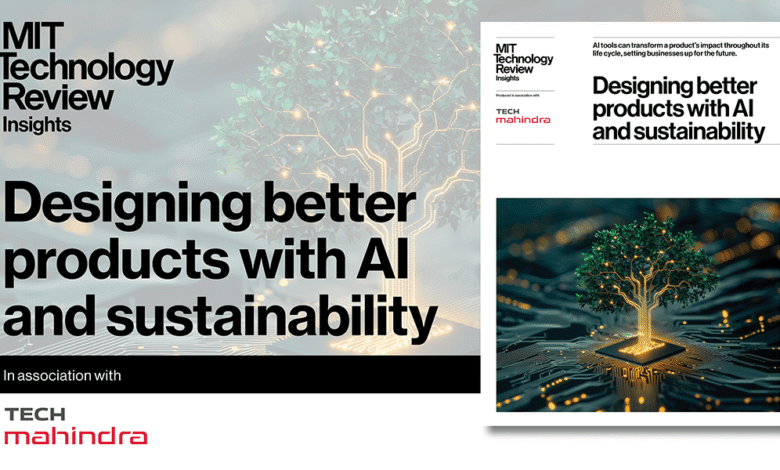Designing Sustainable Products with AI Innovation

▼ Summary
– Siemens aimed to reduce the environmental impact of manufacturing by focusing on redesigning a robot gripper.
– The gripper, though only 2% of the robot, can save up to 3 tons of CO2 emissions per robot annually when optimized.
– Weight was reduced by 90% and the number of parts by 84% in the redesigned gripper.
– Siemens used AI-powered generative design tools to autonomously explore, test, and optimize solutions for functionality and manufacturability.
– AI and generative AI are reshaping sustainability in product development by enabling smarter design choices and real-time impact assessments.
When it comes to reducing the environmental footprint of manufacturing, even the smallest components can make a significant difference. Siemens recently focused its efforts on redesigning a robot gripper—a part that represents just 2% of the robot’s total mass—and achieved remarkable results. By leveraging AI-driven generative design, the company managed to slash the gripper’s weight by 90% and reduce the number of parts by 84%. These improvements translate to an annual reduction of 3 tons of carbon dioxide emissions per robot, a figure that becomes staggering when scaled across the more than 4 million industrial robots operating worldwide.
The key to this transformation lies in the use of AI-powered generative design tools, which allow engineers to explore countless design variations autonomously. These systems rapidly test and refine each option based on criteria like functionality, durability, and ease of manufacturing. According to Pina Schlombs, sustainability lead and industrial AI expert at Siemens, these technologies are reshaping how companies approach eco-friendly product development. She emphasizes that AI enables smarter design choices, provides real-time environmental impact assessments, and supports circular design principles. This empowers businesses to innovate in ways that satisfy both commercial objectives and planetary responsibilities.
(Source: Technology Review)


